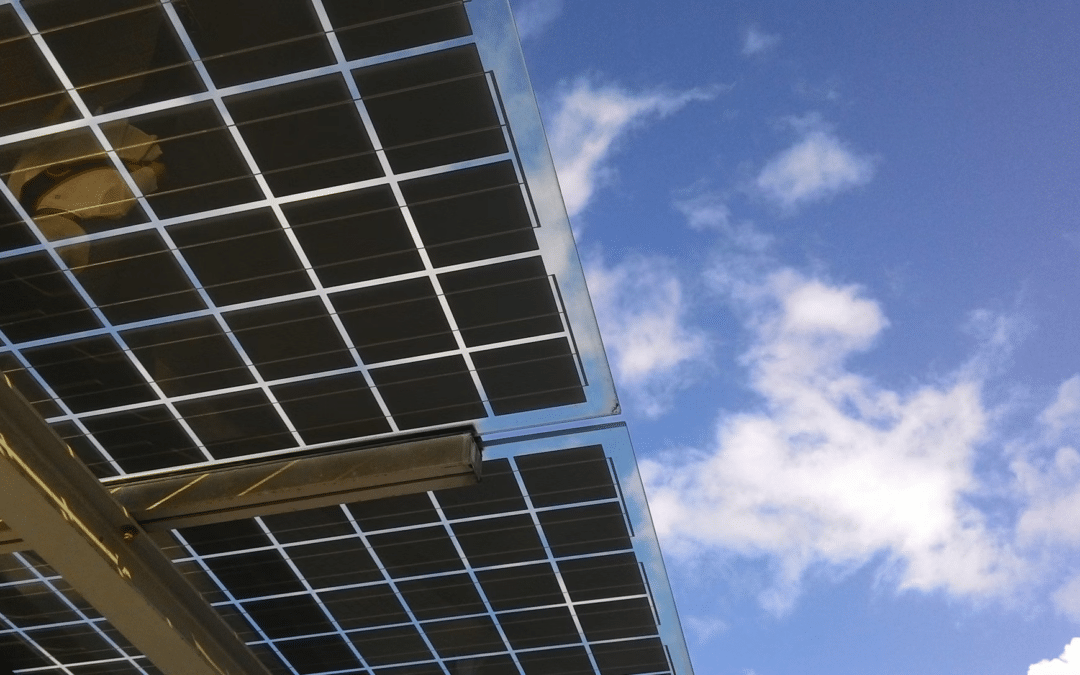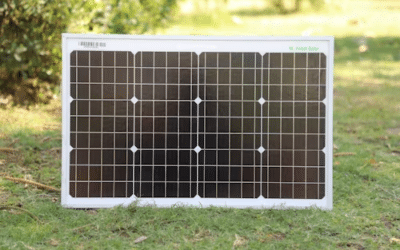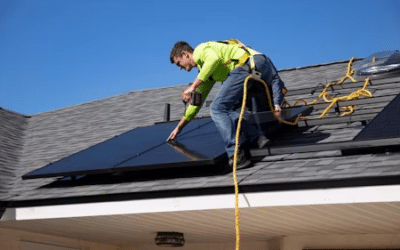Solar panel kits with batteries and inverters are an essential component of off-grid and backup power systems. These kits typically include solar panels, a charge controller, a battery bank, and an inverter to convert the DC power generated by the panels into AC power for use in homes, cabins, or recreational vehicles. They offer a convenient and sustainable way to harness solar energy and provide electricity in areas without access to the grid or during power outages.
When considering a solar panel kit with a battery and inverter, it’s important to assess the power requirements and energy usage to determine the appropriate size and capacity of the system. The quality and compatibility of the components, such as the solar panels, battery storage, and inverter, are crucial factors to consider in ensuring optimal performance and reliability. Additionally, the installation and maintenance of these kits should be carried out in accordance with manufacturer recommendations and local regulations to maximize efficiency and safety.
Understanding Solar Panel Kits
Solar panel kits are an excellent way to harness the power of the sun to generate electricity for homes, RVs, boats, and other applications. These kits are designed to provide all the necessary components for setting up a solar power system, including solar panels, a battery, an inverter, and sometimes a charge controller.
Components of a Solar Kit
The main components of a solar panel kit include:
- Solar panels: These are the devices that convert sunlight into electricity. There are different types of solar panels, including monocrystalline and polycrystalline panels. Monocrystalline panels are more efficient, but they are also more expensive.
- Battery: The battery stores the electricity generated by the solar panels for use when the sun is not shining. The capacity of the battery is an important consideration when choosing a solar panel kit.
- Inverter: The inverter converts the DC electricity generated by the solar panels into AC electricity that can be used to power appliances and other devices. It is important to choose an inverter that is compatible with the size of the solar panel kit.
- Charge controller: The charge controller regulates the amount of electricity that is sent to the battery to prevent overcharging.
Types of Solar Panels
There are two main types of solar panels: monocrystalline and polycrystalline. Monocrystalline panels are made from a single crystal of silicon and are more efficient than polycrystalline panels. Polycrystalline panels are made from multiple crystals of silicon and are less efficient but more affordable.
Choosing the Right Solar Kit for Your Needs
When choosing a solar panel kit, it is important to consider your energy needs, the size of your space, and your budget. A larger solar panel kit will generate more electricity but will also be more expensive. It is important to choose a kit that is efficient and provides enough power to meet your needs.
In conclusion, solar panel kits are an excellent way to generate electricity from the sun. They provide all the necessary components for setting up a solar power system, including solar panels, a battery, an inverter, and sometimes a charge controller. When choosing a solar panel kit, it is important to consider your energy needs, the size of your space, and your budget.
Battery and Inverter Integration
When considering a solar panel kit with a battery and inverter, it is important to understand how the battery and inverter work together to provide reliable power. In this section, we will explore the benefits of lithium batteries, the types of inverters and their functions, and how to size your battery and inverter for your specific needs.
Benefits of Lithium Batteries
Lithium batteries are a popular choice for solar panel kits with a battery and inverter because they are lightweight, have a long lifespan, and are more efficient than traditional lead-acid batteries. They also have a higher power density, which means they can store more energy in a smaller space. Additionally, lithium batteries have a higher depth of discharge, which means you can use more of the stored energy without damaging the battery.
Inverter Types and Their Functions
Inverters are an essential component of a solar panel kit with a battery and inverter. They convert the DC power generated by the solar panels into AC power that can be used to power appliances and devices in your home. There are two main types of inverters: pure sine wave and modified sine wave.
Pure sine wave inverters produce a clean, smooth waveform that is similar to the power you get from the grid. They are more expensive than modified sine wave inverters but are necessary for sensitive electronics and appliances. Modified sine wave inverters are less expensive but produce a waveform that is not as clean, which can cause issues with some appliances.
Sizing Your Battery and Inverter
When sizing your battery and inverter, there are several factors to consider. The power rating of your inverter should be at least as high as the peak power output of your solar panels. Additionally, you should consider the peak conversion efficiency of your inverter, which is the maximum amount of power it can convert from DC to AC.
The size of your battery is also important. A deep-cycle battery is recommended for solar panel kits with a battery and inverter because they are designed to be discharged and recharged repeatedly. The capacity of your battery is measured in amp-hours (Ah), which is the amount of current the battery can deliver over a certain period of time. A 200Ah battery is a common size for solar panel kits with a battery and inverter.
Finally, you should consider using an MPPT (Maximum Power Point Tracking) charge controller to optimize the charging of your battery. This type of charge controller can increase the efficiency of your solar panel system by up to 30%.
In summary, when integrating a battery and inverter into your solar panel kit, it is important to choose a lithium battery for its benefits, understand the types of inverters and their functions, and size your battery and inverter appropriately for your specific needs.
Installation and Setup
Installing a solar panel kit with battery and inverter requires proper planning and execution. Here are some important things to consider during the installation and setup process.
Mounting Systems and Racking
Mounting systems and racking are used to attach solar panels to the roof or ground. Racking is typically made of aluminum and is designed to withstand harsh weather conditions. It is important to choose the right racking system that is compatible with your solar panels and roof type.
When installing the racking system, it is important to follow the manufacturer’s instructions carefully. The racking system should be securely fastened to the roof or ground to prevent any movement or damage to the solar panels.
Wiring and Connections
Wiring and connections are a critical part of the solar panel installation process. The cables used to connect the solar panels to the inverter should be of high quality and meet the required standards. The cables should also be properly sized to minimize power loss.
When making connections, it is important to follow the manufacturer’s instructions carefully. The connections should be tight and secure to prevent any power loss or damage to the system.
Safety Precautions and Best Practices
Installing a solar panel kit with battery and inverter can be dangerous if proper safety precautions are not taken. It is important to wear appropriate safety gear, such as gloves and safety glasses, when working with the system.
It is also important to follow best practices when installing the system. This includes properly grounding the system, using the correct tools, and following all local codes and regulations.
Overall, installing a solar panel kit with battery and inverter can be a rewarding experience. By following the proper installation and setup procedures, you can ensure that your solar system will provide clean, renewable energy for years to come.
Off-Grid Solar Solutions
Designing an Off-Grid System
When designing an off-grid solar system, it’s crucial to consider the energy needs of the property. This involves evaluating the power requirements of essential appliances and devices to determine the appropriate solar panel capacity, battery storage, and inverter specifications. By carefully assessing the energy consumption patterns, one can tailor the off-grid solar solution to meet the specific needs of the location.
Energy Independence with Solar Kits
Off-grid solar kits offer a reliable and sustainable energy source, promoting energy independence. These kits provide a self-sufficient power solution, harnessing renewable energy from the sun to meet the electricity demands of remote or off-grid locations. By utilizing solar energy, individuals can reduce their reliance on traditional grid systems, contributing to a more sustainable and eco-friendly energy approach.
Backup Power Solutions
In addition to energy independence, off-grid solar solutions serve as effective backup power systems. With the inclusion of battery storage, these systems can store excess solar energy generated during the day for use during periods of low sunlight or in the event of power outages. This ensures a continuous and reliable power supply, offering whole-home backup capabilities for uninterrupted energy access.
By leveraging off-grid solar solutions, individuals can embrace sustainable energy practices while ensuring a reliable and independent power source for their specific needs.
Purchasing and Support
Finding the Best Deals
When shopping for a solar panel kit with a battery and inverter, it’s important to find the best deals available. Many retailers offer these kits, including Home Depot and local stores. It’s recommended to compare prices and inventory levels to find the best option for your needs. Online retailers such as GoGreenSolar and Renogy also offer competitive pricing and convenient shipping options.
Warranties and Customer Support
When purchasing a solar panel kit with a battery and inverter, it’s important to consider the warranty and customer support provided by the manufacturer. GoGreenSolar offers a 25-year warranty on their solar panels and a 10-year warranty on their inverters. Renogy offers a 25-year warranty on their solar panels and a 5-year warranty on their inverters. It’s recommended to research the warranty and customer support policies of the manufacturer before making a purchase.
Understanding Terms of Use
Before purchasing a solar panel kit with a battery and inverter, it’s important to understand the terms of use. This includes the technical specifications, installation requirements, and maintenance recommendations. GoGreenSolar and Renogy provide detailed product information on their websites, including technical support resources. It’s recommended to review the product information and seek technical support if needed.




